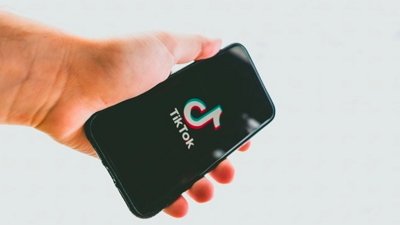Apple's iPhone 4 FaceTime doesn't need a mobile signal to work
In reviewing FaceTime and mobile performance, AppleInsider originally reported that that making a FaceTime call requires an activated phone with service. However, that's only true for the first FaceTime session made from the phone.
Subsequent calls to FaceTime contacts, including users you've never contacted before, can be placed with mobile service turned off completely, such as when flying on a plane with WiFi service (where regulations prevent users from placing mobile phone calls.)
Readers have reported being able to connect via FaceTime from locations where they have no mobile service (including an airplane). Sure enough, we could successfully set up test calls between two iPhone 4 users across the country while both were in Airplane Mode with only WiFi turned on.
It is also possible to call, without any mobile service, a new contact you've never previously established a FaceTime chat with, although this must be done from Contacts (create a contact if necessary, then open it and hit the FaceTime button). The standard phone dialer keypad offers no option to call a number using FaceTime directly (yet).
How FaceTime works
Sources say the reason FaceTime needs initial phone service is because the first time it ever places a video call, it sends a message to Apple's gatekeeper server, which then registers the user's phone number as a FaceTime-capable number. After registering, the phone number likely "works more or less like an E.164 alias in a H.323 call," according a developer who works with video conferencing equipment.
It's likely that Apple uses a mechanism similar to Back To My Mac to re-register the network location of iPhone 4 users so that they can accept incoming calls from any hotspot without manually logging into a "Buddy List," a solution that would enable FaceTime to work without a mobile carrier. BTMM enables MobileMe users to set up a secure IPv6 tunnel back to their home network from any remote location, without needing to open up firewall ports or expose any information publicly.
Apple hasn't yet presented any developer documentation explaining how FaceTime does its magic, but it has announced plans to openly release the specification in a way that anyone can implement.
Existing video conferencing standards
H.323 is the ITU standard for videoconferencing over a LAN, ISDN (H.320), or other IP network. A very low bit rate relative of the standard (H.324) was adapted for mobile networks to result in the 3GPP's 3G-324M, a circuit switched video chat standard that works over 3G networks (and is built into most Nokia phones).
FaceTime is based upon the more modern H.264 video codec (3G-324M uses H.263 "DiVX-era") for more efficient delivery of better quality video. It is also packet switched (an IP network) rather than circuit switched (a phone system connection) 3G-324M, meaning it can operate over WiFi without paying for mobile bandwidth.
In the future, FaceTime will also be able to work over 3G and 4G mobile networks as well, Apple says. Using packet switching also makes FaceTime potentially compatible with non-phone devices (like iPod touch) as well as computers running Apple's iChat AV or compatible software.
Like iChat AV, FaceTime is based upon the IETF's SIP technology rather than ISDN-oriented ITU's H.323. Modern video conferencing equipment often now supports both H.323 and SIP, meaning that iPhone 4 FaceTime could likely be adapted to call into large scale, multipoint video conferencing systems hosting remote participants from around the world.
 Daniel Eran Dilger
Daniel Eran Dilger











 William Gallagher
William Gallagher
 Christine McKee
Christine McKee
 Michael Stroup
Michael Stroup
 William Gallagher and Mike Wuerthele
William Gallagher and Mike Wuerthele


 Chip Loder
Chip Loder
 Andrew Orr
Andrew Orr






